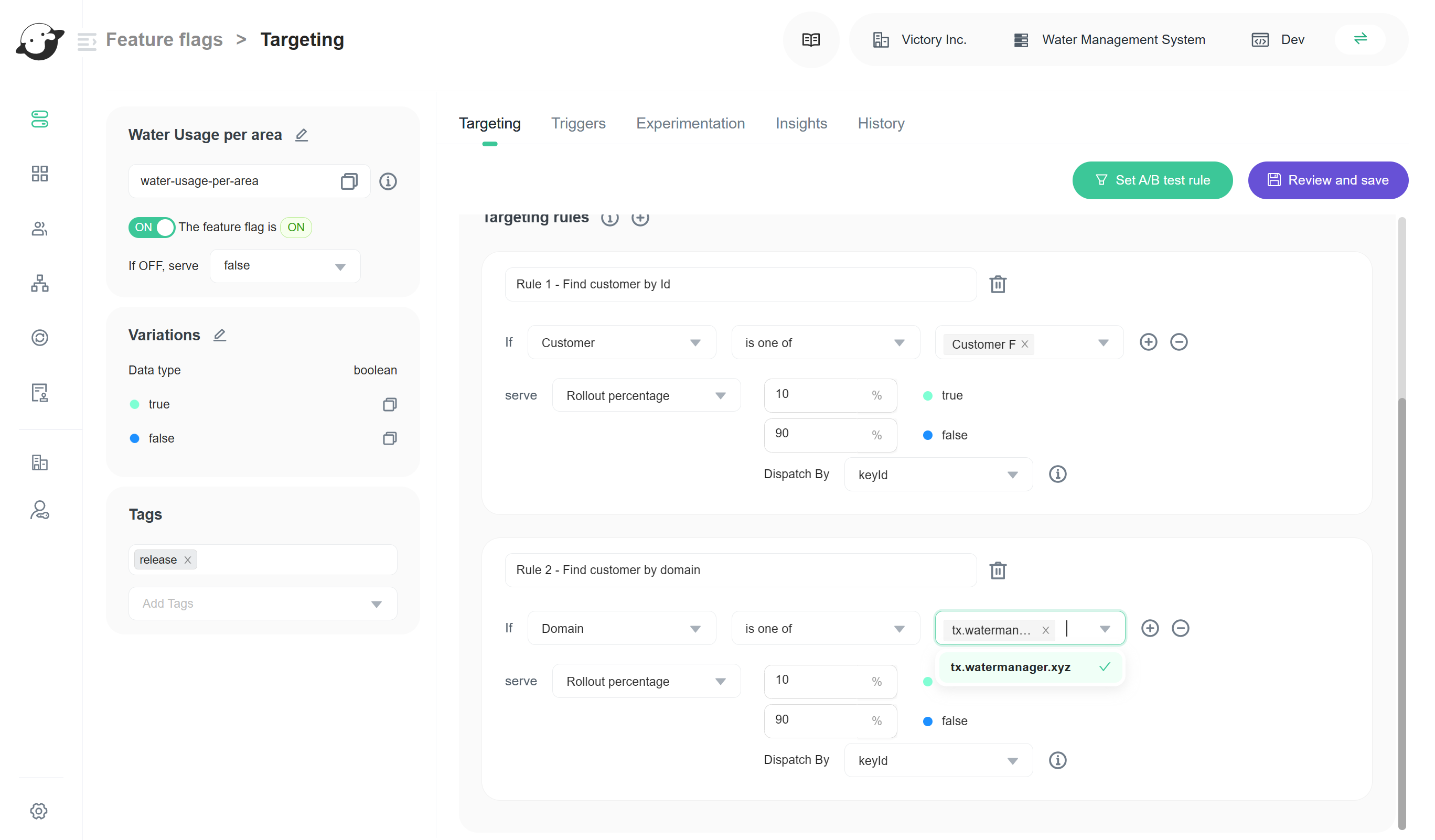Innovate
Your Software
Faster without Risk
Innovate Your Software Faster without Risk
Transform Your Workflow with Feature Flags: The Must-Have Developer Tool for Agile Software Development

Introduction
Feature flags (also commonly known as feature toggles) is a software engineering technique that turns select functionality on and off during runtime, without deploying new code. It's one of the most useful tools in the modern developer's toolbox, especially for agile software development, as they allow for better control and experimentation of features. Feature flagging enables developers to quickly deliver and deploy software to their users, while minimizing risks and maximizing feedback.
But what exactly are feature flags, and why are they so important for agile software development? In this article, we'll take a closer look at this powerful tool and explore some of the ways that it can help you transform your workflow.
What Are Feature Flags?
Feature flags are a simple but powerful tool that allow developers to control the release of new features and functionality in their applications. By using feature flags, developers can enable or disable specific features based on a variety of criteria, such as user location, device type, or user role.
Feature flags have many benefits for developers, such as:
- Faster feedback loop: You can deploy features to a subset of users and get feedback quickly, without affecting the rest of the user base. This allows you to validate your assumptions, measure the impact, and iterate on your features before rolling them out to everyone.
- Reduced risk: You can reduce the risk of breaking changes and bugs by deploying features behind feature flags. If something goes wrong, you can simply turn off the feature flag and revert to the previous state, without rolling back the code or redeploying.
- Easier testing: You can test features in different environments and scenarios by using feature flags. For example, you can test a feature in production with a small group of users, or test a feature locally with mock data.
- Better collaboration: You can collaborate better with other developers and stakeholders by using feature flags. You can share features with your teammates for review, or demo features to your clients or managers without deploying them to production.
- More flexibility: You can control the release of features by using feature flags. You can launch features gradually, perform A/B testing or multivariate testing, or enable or disable features based on user attributes or behavior.
Why Are Feature Flags So Important for Agile Software Development?
Agile software development is all about speed and flexibility. You need to be able to move quickly and adapt to changing requirements if you want to stay ahead of the competition.
Feature flags are an essential tool for agile development because they allow you to test new features and functionality quickly and easily. You can experiment with different ideas without worrying about breaking your existing codebase or disrupting your users' experience.
In addition, feature flags make it easy to roll out new features gradually over time. This means that you can release new functionality as soon as it's ready without having to wait for a major release cycle.
How to use FeatBit for feature flagging?
FeatBit is an open-source feature flag and experimentation service that makes it easy to implement feature flags in your own projects. With FeatBit, you can quickly and easily create new feature flags, test them in real-world scenarios, and roll them out to your users when they're ready.
FeatBit is designed with simplicity in mind. You don't need any special tools or expertise to get started with FeatBit – all you need is a basic understanding of how feature flags work.
In addition, FeatBit is highly customizable. You can configure your feature flags based on a wide range of criteria, such as user location, device type, or user role. This makes it easy to create targeted experiments that deliver meaningful results.

With FeatBit, you can:
- Create feature flags with different types (boolean, string, number, JSON) and variations
- Target feature flags to specific users or segments based on rules and conditions
- Monitor and analyze the performance and usage of your feature flags
- Experiment with different feature variations and measure their impact on key metrics
- Integrate FeatBit with your existing tools and workflows
Conclusion
Feature flags is a must-have developer tool for agile software development. It allows you to deliver features faster and safer, while improving the user experience. FeatBit is an open-source feature flag and experimentation service that you can use to implement feature flags in your projects. FeatBit is easy to use, flexible, and scalable.
If you want to learn more about FeatBit, visit its Website or check out the GitHub repository. Additionally, you can join the FeatBit community on Slack or Twitter for support and feedback.